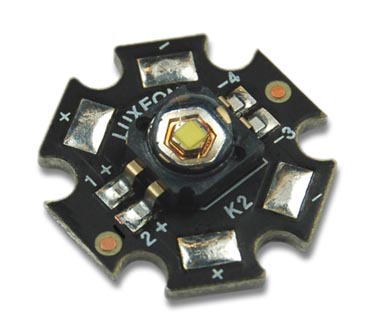Jeffrey Bausch
 Light-emitting diodes (LEDs) and electroluminescence have been around for more than a century. Henry Round, a British experimenter with Marconi Labs, first noted the emission of light in 1907 while using a crystal of silicon carbide and cat’s-whisker detector (diode). A published report of his discovery noted that light came from the silicon carbide by way of electrical excitation. Round specifically referenced how he saw a yellowish light at low voltage, then yellow, light green, orange, and blue at higher voltages on various points of different crystals. Other than this one report, though, nothing came from Round’s by-chance discovery of electroluminescence until the mid-1920s.
Light-emitting diodes (LEDs) and electroluminescence have been around for more than a century. Henry Round, a British experimenter with Marconi Labs, first noted the emission of light in 1907 while using a crystal of silicon carbide and cat’s-whisker detector (diode). A published report of his discovery noted that light came from the silicon carbide by way of electrical excitation. Round specifically referenced how he saw a yellowish light at low voltage, then yellow, light green, orange, and blue at higher voltages on various points of different crystals. Other than this one report, though, nothing came from Round’s by-chance discovery of electroluminescence until the mid-1920s.
At this time, Russian experimenter Oleg Vladimirovich Losev successfully created an LED when he discovered that the diodes used in radio receivers emitted light when electric currents passed through them. Over the next 20 years, he researched this phenomenon and published a number of reports describing a spectrum of light emission as it related to the current-voltage characteristics of the diodes. In 1927, Losev patented a “light relay,” the first reference to LED-based optical communications.
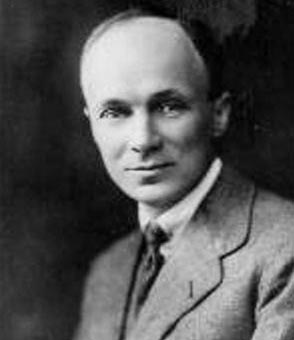 |
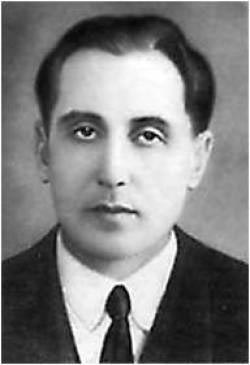 |
| Henry Round | Oleg Losev |
While Round and Losev certainly got the ball rolling on electroluminescence, the direction they were going in was impractical. The silicon carbide used in the cat’s-whisker detectors at the time was an indirect bandgap semiconductor, and thus inefficient (the light produced was faint at best).
In 1955, Rubin Braunstein of the Radio Corporation of America reported infrared emission being generated by simple diode structures when using gallium-arsenide, gallium-antimonide, indium-phosphide, and silicon-germanium alloys. A few years later, Texas Instruments experimenters Bob Biard and Gary Pittman found that gallium-arsenide emitted infrared radiation whenever electric current was applied. In 1961, they received the first patent for an infrared LED.
The founding fathers
In the early 1960s, Nick Holonyak, Jr. of General Electric was researching the combination of gallium, arsenic and phosphide as a possible route to creating wider bandgap tunnel diodes. With assistance from co-worker Dr. Robert Hall (a gallium-arsenide laser pioneer in his own right), Holonyak was able to produce a visible laser in 1962. Shortly thereafter came the commercial introduction of the first practical visible-spectrum (red) LED.
Holonyak became a professor at the University of Illinois in 1963. It was here that he taught grad-student M. George Craford who went on to invent the first yellow LED and also improve the brightness of red and red-orange LEDs by a factor of 10 (in 1972).
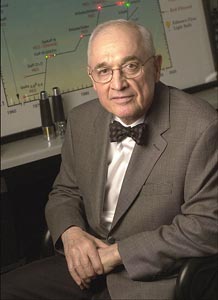 |
| Nick Holonyak |
Craford and Holonyak’s efforts allowed the Monsanto Company (Craford’s initial employer) to be the first organization to mass-produce visible red LEDs for indicators as well as seven-segment displays – first in lab and electronics test equipment, then in commercial appliances like TVs, radios, telephones, calculators, and watches.
LED cost efficiency was improved in the mid-1970s by Fairchild Optoelectronics. The team there employed compound semiconductor chips that were fabricated using the planar process (invented by Dr. Jean Hoerni at Fairchild Semiconductor). The combination of this unique manufacturing process for chip fabrication (still used today), along with updated packaging methods enabled optoelectronics pioneer Thomas Brandt and the rest of the Fairchild team to achieve massive cost reductions while simultaneously improving the reliability of their LEDs.
In 1976, T.P. Pearsall created the first high-brightness, high-efficiency LED by inventing a unique semiconductor material specifically adapted for optical fiber transmission wavelengths.
Gallium-aluminum-arsenide was introduced as a semiconductor material in the mid-1980s. It delivered a brightness level greater than previous materials, reduced power consumption and expanded LEDs versatility by allowing them to easily be pulsed or multiplexed. This, in turn, expanded the LEDs list of possible uses to now include bar code scanners, fiber-optic data transmission systems, and medical equipment.
There were, however, still some issues with the early versions of this LED namely that it could only provide a 660nm wavelength, and its light output degradation was much greater than that of standard technology. By 1987, though, Hewlett Packard refined the gallium-aluminum-arsenide LED to the point that it was bright enough to replace light bulbs in traffic lights and car brake lights. This marked the first time that LEDs displaced incandescent light bulbs in lighting applications.
In the late 1980s and early 1990s, indium-gallium-aluminum-phosphide was brought in and used as a new, more efficient semiconductor. By adjusting the size of the energy gap, light output degradation was vastly improved with this material. It also expanded the color output range green, yellow, orange, and red LEDs could all now be produced using the same technology.
But what about blue?
There was still the matter of one missing color a true-blue LED. Initial experiments trying to establish this particular LED were performed by Jacques Pankove at RCA Labs in the mid-1970s, however, his results were less than adequate and so further research needed to be done.
In the late 1980s, University of Nagoya employees Isamu Akasaki and Hiroshi Amano achieved important breakthroughs in gallium-nitride epitaxial growth and p-type doping. Their findings led to Shuji Nakamura of the Nichia Corporation (Japan) to use indium-gallium-nitride and become the first to demonstrate a bright-blue LED in 1993. This discovery completed the RGB color triad and it didn’t take long before LEDs were being used in brilliant, full-colored outdoor signage and video displays.
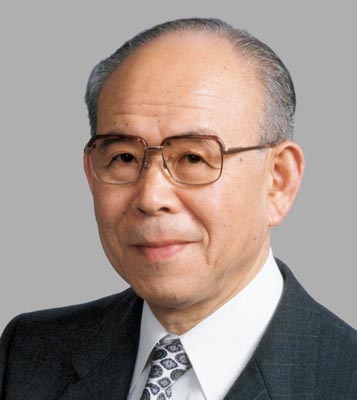 |
 |
| Isamu Akasaki | Hiroshi Amano |
In 1995, Alberto Barbieri (Cardiff University Laboratory U.K.) was investigating improvements to the efficiency and reliability of high-performance LEDs and successfully demonstrated impressive results by using a transparent contact made of indium tin oxide on an aluminum-gallium-indium-phosphide / gallium-arsenide LED. The recent introduction of the blue LED, coupled with Barbieri’s performance improvements quickly led to the development of the first effective white LED (it uses a phosphor coating to mix yellow (down-converted) light with blue to produce an emission that appears white).
Looking to the future
Over the last two decades, the popularity and range of uses for LEDs has grown exponentially. Today, they are regarded as the future of lighting solutions largely because of their efficiency and long-term reliability. Research is on-going, and all indications are that future discoveries will likely lead to even more powerful, durable, and cost-efficient options.
